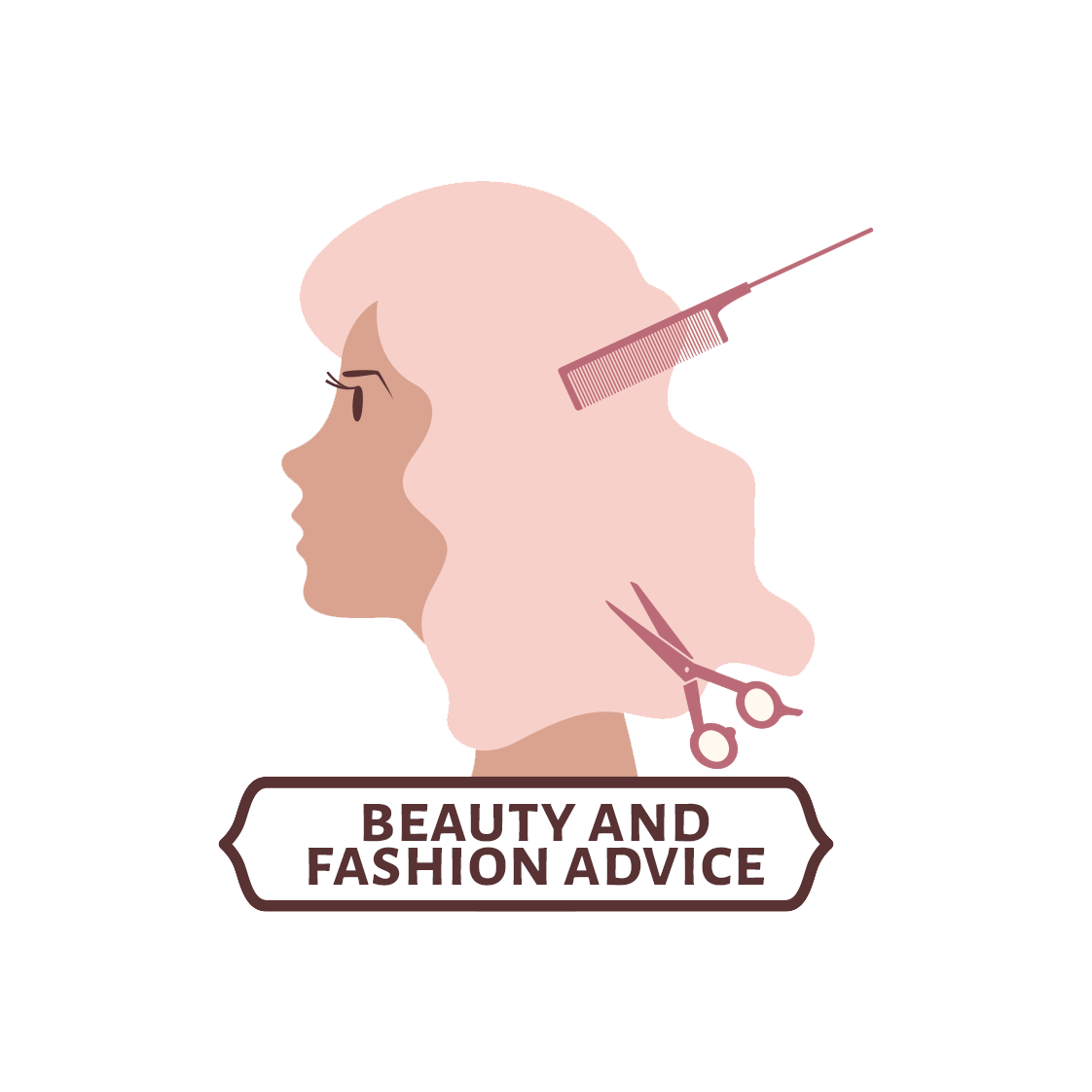Coppola continues saying that, essentially, when we’re young our skin has robust collagen and elastin fibrils with a rich and healthy extracellular matrix. This means that when dynamic folds and wrinkles form on youthful skin (say, from expression lines or raised eyebrows), the forehead will look smooth again at rest. “However, as [we] get older, this is not often the case. Due to intrinsic and extrinsic factors, our skin loses its elasticity, plumpness, and rebound and has less ‘give,’ therefore we can develop fine lines and wrinkles at rest”—even when we are not making an expression. Per Coppola, there are an array of changes that could cause this, from the normal physiologic process of aging (think decreased collagen and elastin production) to UV exposure, pollutants, oxidative stress, and lifestyle. Keep in mind, though, that genetics can play a role in the look of wrinkles. “Some people who are very expressive and have family members with deep wrinkles may start to show wrinkles earlier than others who are not as expressive or do not have a significant family history of deep wrinkles,” explains board-certified dermatologist and owner of Sperling Dermatology Dr. Shari Sperling. “Those with a lot of solar damage from prolonged sun exposure over the years will also tend to show wrinkles at an earlier age.”
Though our experts cite the likes of Morpheus8 microneedling treatments, wrinkle relaxer treatments, and lasers as in-office solutions, they also emphasize that wrinkle prevention starts with your daily skin care routine. “Taking care of your skin with topicals like vitamin C, antioxidants, retinol, hyaluronic acid, peptides, and growth factors can help maintain a youthful appearance,” Sperling notes. Ahead, a deeper dive into the five major steps one can take to get rid of forehead wrinkles—from in-office treatments to light therapy devices.
Preventative Care
Per Sanan, “Protecting the skin from environmental damage is the foundation of any anti-aging regimen. Daily use of broad-spectrum sunscreen, maintaining proper hydration, and avoiding smoking or excessive sun exposure help preserve collagen and elastin.” On the sun exposure front, experts generally recommend at least an SPF 30 or higher year-round. Test out a few of Vogue’s favorite sunscreens for face; or, the best Korean sunscreens of 2025.
A Smart Skincare Regimen
Turns out, your skin-care routine actually does help staving off (and diminishing!) forehead wrinkles. “At the minimum, you want your at-home treatment to include an antioxidant serum, an anti-aging moisturizer, a retinol or retinoid (if you are not pregnant or breastfeeding), and a good quality sunscreen,” Dr. Coppola explains. “Formulations that include hyaluronic acid, growth factors, proprietary peptides, vitamin C and vitamin E, ceramides, and lipids are good ingredients to look for.” Dr. Coppola adds that formulations that include alpha hydroxy acids (glycolic) and beta hydroxy acids (salicylic) can also work to increase collagen production and reduce the appearance of fine lines and wrinkles. Dr. Sanan furthers this, citing hyaluronic acid as a key component for hydration, helping to plump fine lines and restore suppleness; whereas, Dr. Tripathi nods to ingredients like argiriline, matrixyl3000 that “act as the closest ‘topical toxin.’”
Neuromodulators
“For dynamic forehead wrinkles caused by repetitive muscle movements, neuromodulators are the most effective treatment,” Dr. Sanan details. “By temporarily relaxing the muscles, these treatments smooth existing wrinkles and prevent further deepening, delivering a refreshed yet natural look.” He and Dr. Tripathi agree that neuromodulators like Botox, Dysport, Xeomin, Daxxify administered via an in-office treatment are incredibly useful—especially for more intensive results.
Collagen Stimulation
Collagen stimulation essentially helps spur skin’s natural regeneration process. Vital to skin’s elasticity and internal structure, the more collagen you have, the firmer and bouncier skin appears (which is part of the reason we’re seeing the rise of collagen ingestibles and supplements or inclusion in skincare). However, our experts emphasize that devices and treatments are the best way to go. “Techniques like fractional laser resurfacing, microneedling with PRP, or radiofrequency treatments enhance collagen production, improving skin elasticity and reducing static lines,” Dr. Sanan says. “These treatments work at a cellular level to rejuvenate and strengthen the skin.”
At-Home Devices
“Any product that has anti-aging benefits is helpful in the fight against the development of forehead wrinkles,” Coppola says, emphasizing that, while they may yet be scientifically proven for wrinkle-reduction, “these at-home treatments can be valuable tools in our armamentarium of antiaging.”
What causes forehead wrinkles?
“Horizontal forehead wrinkles are generally caused by repetitive contraction of the expression muscles but are also made worse by sun damage and genetics” says Tripathi. The repetitive activity of raising the eyebrows or frowning, coupled with the declined skin elasticity as one ages, results in increased forehead lines. “Over time, the skin’s collagen and elastin fibers weaken, and external factors like chronic sun exposure, environmental damage, and lifestyle habits such as stress or inadequate hydration exacerbate their formation,” says Dr. Sanan. “Genetics also play a significant role in determining the depth and onset of these lines.”
Is it possible to get rid of forehead wrinkles?
“While it’s not always possible to completely erase forehead wrinkles, their appearance can be significantly reduced,” Dr. Sanan says. “A combination of preventive care, skincare, and collagen stimulating treatments can smooth the skin and restore a youthful look.” However, it’s important to remember to stay consistent with whichever treatment you choose—per Dr. Tripathi, “as long as the muscle is moving, however, the lines will form and eventually etch into the skin.”














